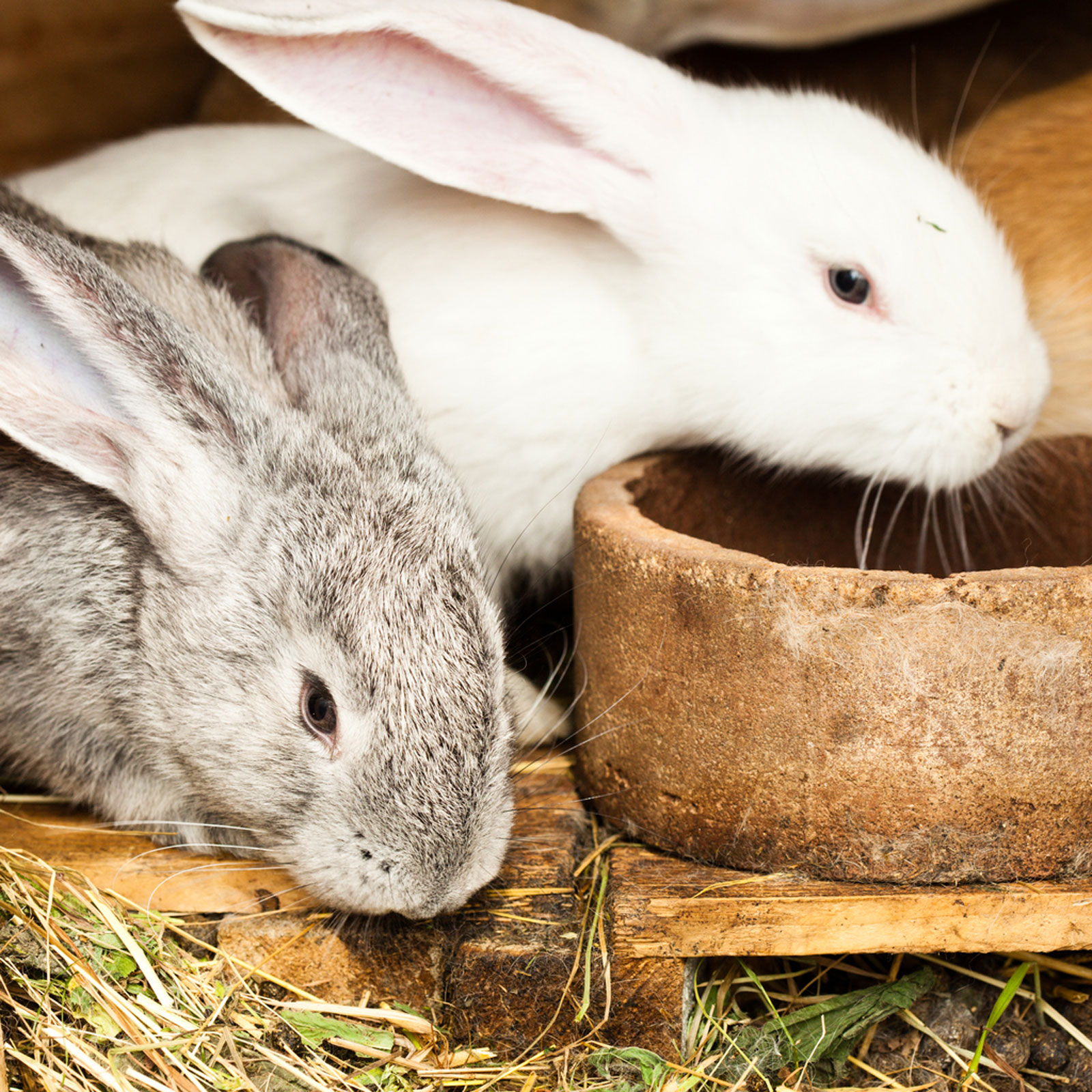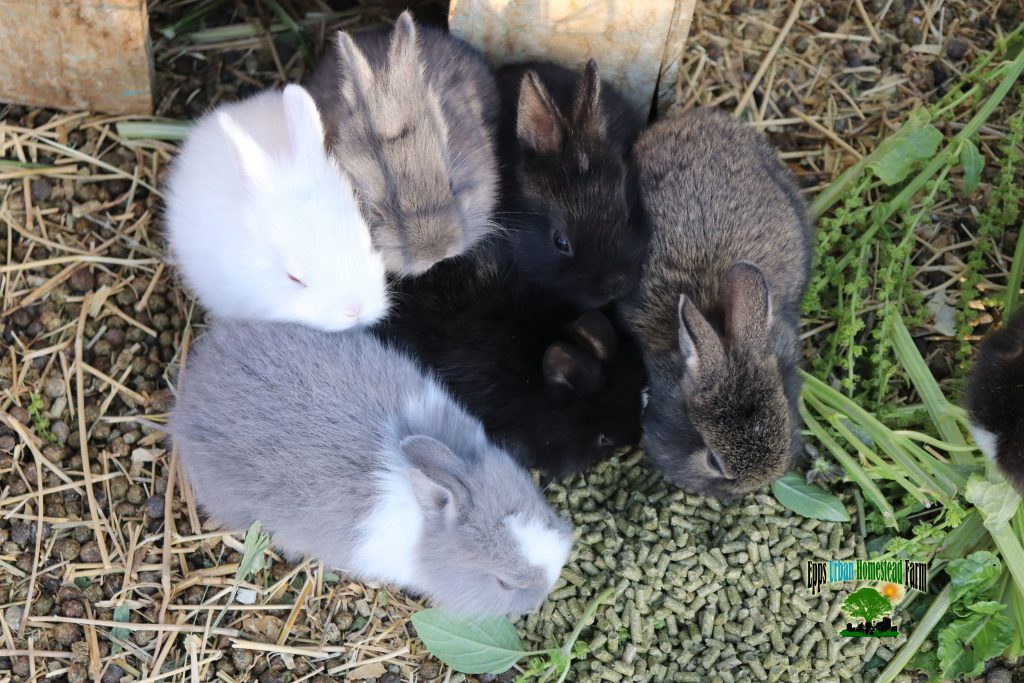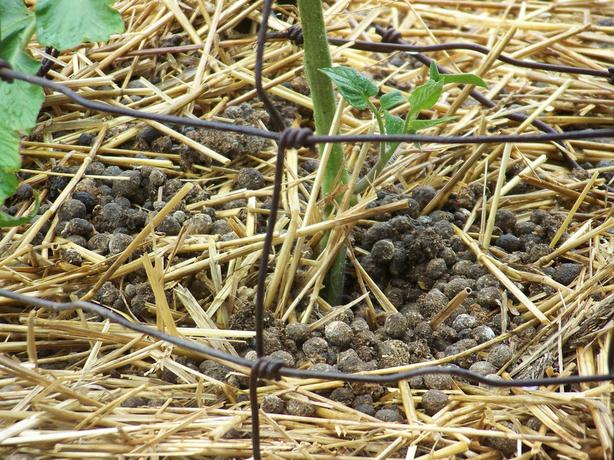
Rabbit Manure | One of best Fertilizer Use in Garden
Rabbit Manure
The amount of rabbit manure produced in any stud will depend upon a number of factors such as breed, rations fed, amount of bedding used and so on. Obviously a bulky ration will produce more manure than a concentrated ration. The weight of rabbit manure varies between about 30 to 40 lb.per cubic foot, and a large breed doe with young would produce throughout the year some 1 2 cubic feet of manure, that is today between 3 and 4 cats. It is necessary that adequate storage or disposal arrangements should be made.

Rabbit manure, again contrary to widespread belief, is one of the most valuable manures of all livestock, as can be seen from its analysis. On a dry matter basis, the manure contains approximately 2.7% Nitrogen, 1.5% Phosphoric Acid, and 1% Potash. The amount of fresh manure required to produce to lb. of dry manure is however only about 140 lb., compared with some 240 lb. of horse manure, and as much as 480 lb.of manure from dairy cows. Thus fresh weight for fresh weight, the manure is most valuable.
How to Use Rabbit Manure
In some countries the clear manure, that is manure from self-cleaning hutches, or separated from the bedding, is dried, ground and sold as a fertiliser. When dry the manure has little smell and is easily handled.
Many gardeners like to use liquid manure, and an excellent type may be made by soaking rabbit manure in a barrel of water. The faecal pellets (about 71b. per barrel) should be enclosed in a coarse sack and suspended in the barrel for a few days. An occasional stirring will be of benefit, and the contents of the sack after this time should be returned to the manure heap, the liquid manure now being ready for use.
Fresh manure can be applied immediately to the soil when relatively little loss of the more soluble constituents occurs. If however, the manure contains a good deal of bedding, then it will probably be more beneficial to allow it to rot before application. A layer of soil some two inches thick over a heap will efficiently prevent the breeding of flies.

Although rabbit manure should be freely applied to the garden and to crops for the stock, some breeders, particularly those with small gardens and in urban areas, may find difficult yin arranging adequate disposal. Under no circumstances should manure be burnt, for quite apart from the waste, the resulting smoke will almost certainly be a nuisance to the breeder and his neighbours. The most suitable solution to such a problem is an arrangement with a local nursery gardener or allotment holder, who will usually be extremely-pleased to make regular collections.
Its the United States of America a system of using earth-worms under single-tier hutches to convert the manure into humus was established with good results. This system has been developed almost worldwide.
The worms are enclosed in wooden or metal-sided bins placed beneath the hutches over the soil. There must be no floors to the bins in order to allow the storms to retreat into the soil when conditions are unfavourable. Normally the sides of the bins are about one foot high.
The normal species of worm used is Eisenia foetida, known commonly its this country as the Branding, although in America, domesticated types are sold in cultures to rabbit breeders. Provided the bins and the worm population are sufficiently large no odours develop, neither do flits breed in the manure. The worm transformed manure is removed every six months or so.
It can be seen that the system is considerably labour saving, but unfortunately to collate has not been widely tried in this country.
